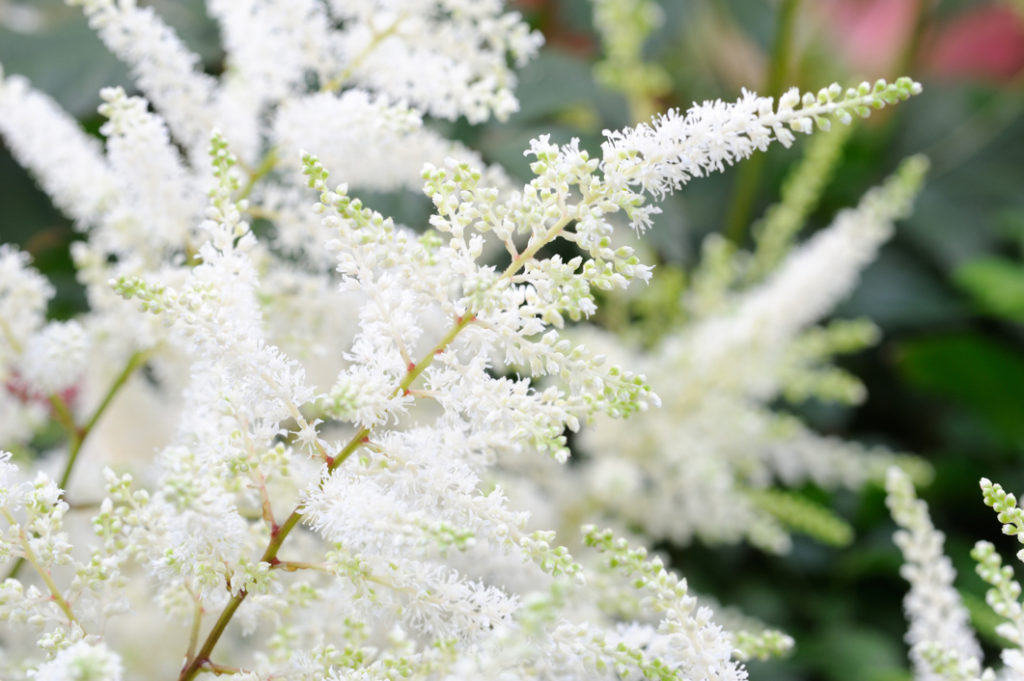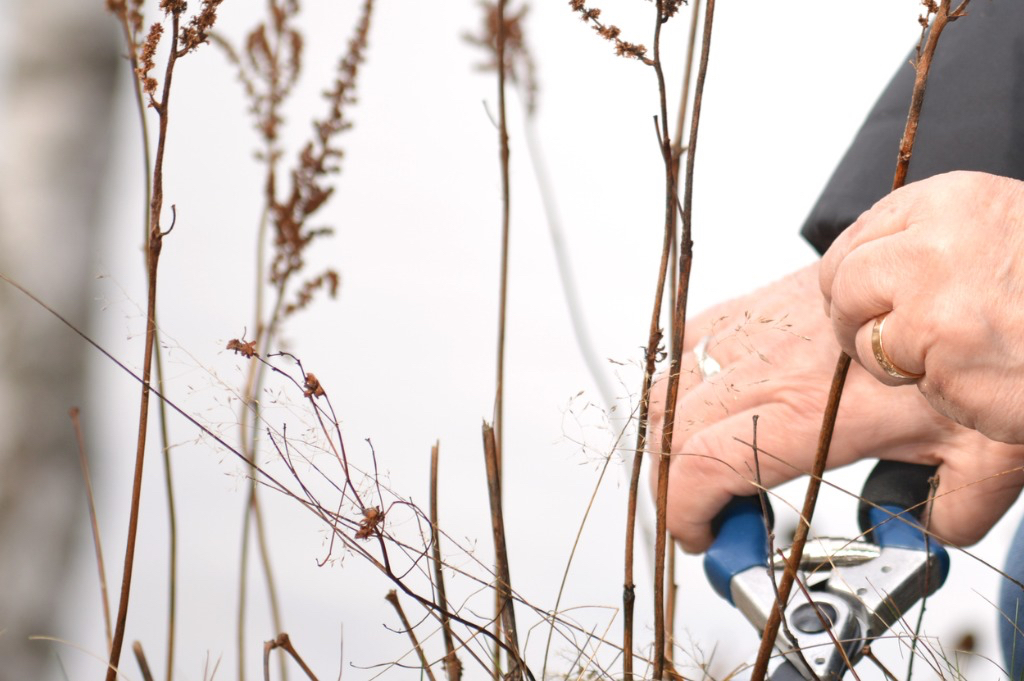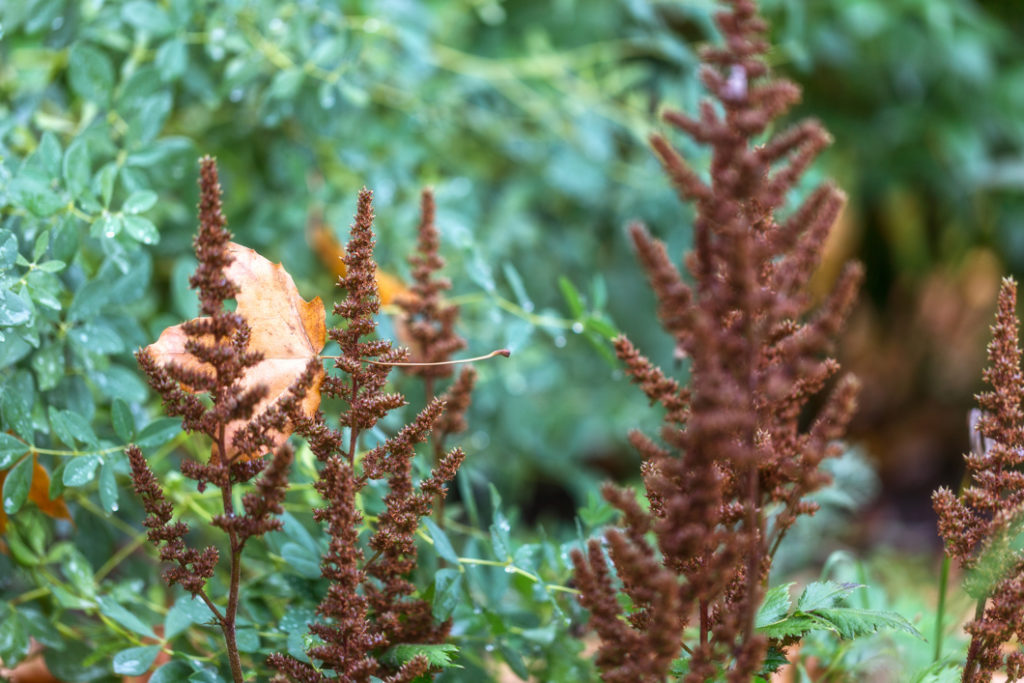Established Astilbe Should Easily Survive Winter, But You May Wish To Cut Back And Mulch

PERENNIALS > ASTILBE > OVERWINTERING

Elizabeth is a Permaculture Garden Designer, Sustainability Consultant and Professional Writer, working as an advocate for positive change. She graduated from the University of St. Andrews with an MA in English and Philosophy and obtained a Diploma in Applied Permaculture Design from the Permaculture Association.
Reviewed By ROY NICOL

Roy is a Professional Gardener and Horticultural Consultant, specialising in large garden year-round maintenance and garden development. He is an RHS Master of Horticulture and uses his research in the application of no-dig methods in ornamental garden settings. Roy has been a Professional Gardener for more than six years and is a member of the Chartered Institute of Horticulture, Professional Gardener's Guild and Association of Professional Landscapers (Professional Gardener).
ASTILBE GUIDES
Bare Root Planting
Container Growing
Division
Growing From Seed
Overwintering
Pruning
Varieties
Astilbes are great for a moist, partially shaded spot in your garden, and when grown in conditions which they enjoy, they can flower reliably over a number of years.
These are fully hardy herbaceous plants, which will die back each winter, before bursting into a new life in the spring.
Astilbes are also excellent low-maintenance perennials, which will not require a lot of care or attention – especially once established.
In the UK, Astilbe will sail through the winter with ease before coming back into active growth in spring.

But before winter arrives, there are a couple of options that you might consider when it comes to caring for your Astilbes:
- Cut back the dead flower heads in summer/autumn to keep things neat over winter.
- Wait until December or January before cutting back hard before new growth emerges.
- Mulch around the plants in the autumn with organic matter.
Some gardeners will choose to care for Astilbes by cutting back the brown, dead flowering heads before winter, but, as discussed below, we recommend that you wait until later before cutting back.
1) Deadhead In Summer Or Autumn
The main reason that gardeners might choose to remove spent flowering plumes or inflorescences early is to prevent the plant from self-seeding.
In areas where optimal conditions are available, these plants can occasionally self-seed.
This can be interesting, though plants may not resemble their parent plant.
If you wish to prevent the plants from going to seed, then you can cut off the spent flowers before the seeds form.

However, self-seeding is rarely prolific, where it occurs at all, so these plants are not in any way likely to take over your garden.
Therefore, deadheading is not required for these plants.
Gardeners may also simply choose to deadhead at the end of the year to keep things looking neat and tidy in the winter garden.
This is to some extent a matter of personal preference, but there are several reasons to consider holding off before you cut back Astilbe plants.
2) Cut Back In Winter
If you leave Astilbes alone once the flowering has finished, one benefit is that over autumn and early winter, the deadheads can actually look rather attractive.
They can still have an impressive upright form and, though they have faded to brown, can add architectural drama to a perennial border or another suitable spot in your garden.

As autumn wears on and winter begins, these dead stalks and the foliage also, crucially, provide valuable habitat and food sources for winter wildlife.
So, if you want to have a wildlife-friendly garden, you should leave these in place before you cut all the stems and foliage off in late winter to make way for new growth in the spring.
3) Mulching
“Astilbes prefer rich, moist soils, so a mulch of organic matter around the plant in the late autumn after rain will conserve moisture in the soil and improve its structure,” shares Master Horticulturist Roy Nicol.
“Allowing your astilbe plants to access nutrients in the soil will help to support strong growth in the spring.”
